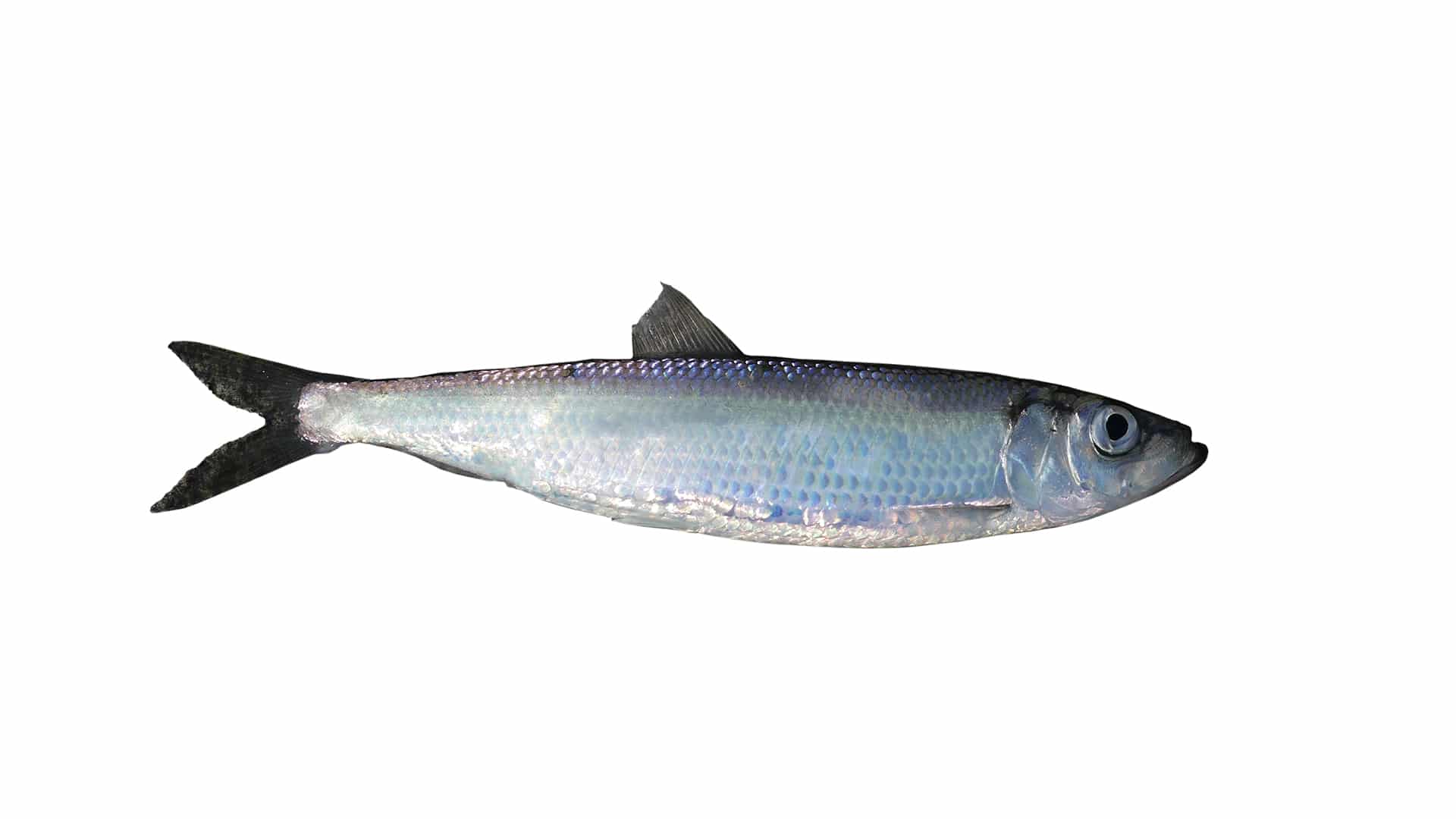SciLifeLab study uncovers evolutionary origin of male sex chromosome in Atlantic Herring
For the first time, researchers have been able to reconstruct the evolution of an Atlantic herring male sex chromosome. The study was enabled by the SciLifeLab National Genomics Infrastructure (NGI), National Bioinformatics Infrastructure Sweden (NBIS), and led by SciLifeLab researcher Leif Andersson (UU) among other researchers from Sweden, Germany, France, and China.
Just like humans, the Atlantic herring have an X/Y chromosome. Unlike our Y chromosome however, which evolved from an X chromosome some 100 million years ago and only retain about a third of the size of our X chromosome, the herring Y chromosome was established much more recently. In the herring, the X and Y chromosomes are still very much similar, nearly identical in gene content in fact, but it is that tiny difference that piqued the researchers’ interest.
“The unique feature of this study is that we have been able to reconstruct the birth of a sex chromosome. The evolution of the herring Y chromosome in fact resembles the process when my son makes a construction with pieces of Lego,” says first author Nima Rafati, (SciLifeLab NBIS/Uppsala University).
They found three additional genes on the Y chromosome. Two sperm protein genes, very much likely to be essential for male fertility according to the researchers, and a sex-determining factor called BMPR1BBY.
“The Y-specific gene BMPR1BBY is most certainly the sex-determining factor in Atlantic herring since it belongs to a family of proteins with a critical role in inducing the development of testis. The evolution of BMPR1BBY is a wonderful example of molecular evolution in action. It shows how random mutations and natural selection can ‘create’ a new gene,” says first author Amaury Herpin (INRAE, France).
Compared with the autosomal copy, BMPR1BBY contains about 50 mutations. It still maintains the ability to promote testis development and can act without being limited by certain co-factors that the autosomal copy requires. Because of this, “it provides a shortcut to the induction of testis development”.
“Two of the building blocks were formed when extra copies of two different genes emerged and were translocated to what became a male-specific region that cannot exchange genetic material with the X chromosome. This was followed by the incorporation of a third gene to the male-specific region and its loss from the X chromosome.”
“It has previously been proposed that the presence of a sex-determining factor is not sufficient for the evolution of a sex chromosome, since it requires a close association between a sex-determining factor and one or more genes beneficial for that sex,” says co-author Manfred Schartl, (Würzburg University).
“This is exactly what the herring Y chromosome provides, a male-determining factor (BMPR1BBY) and two genes for sperm proteins predicted to be essential for male fertility.”
“We are now working on a follow-up study by making an assembly of the sprat genome. Sprat is a close relative to the herring and this analysis will allow us to make a more precise estimate of when this Y chromosome evolved, how stable it is and how rapidly it evolves,” says Leif Andersson (SciLifeLab/Uppsala University) who led the study.





